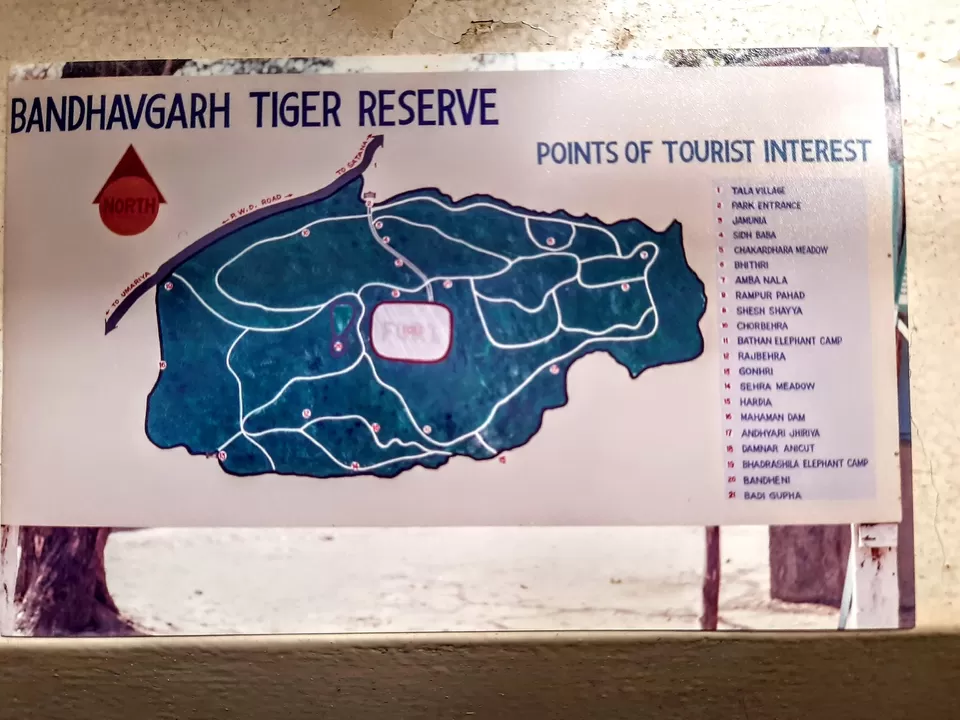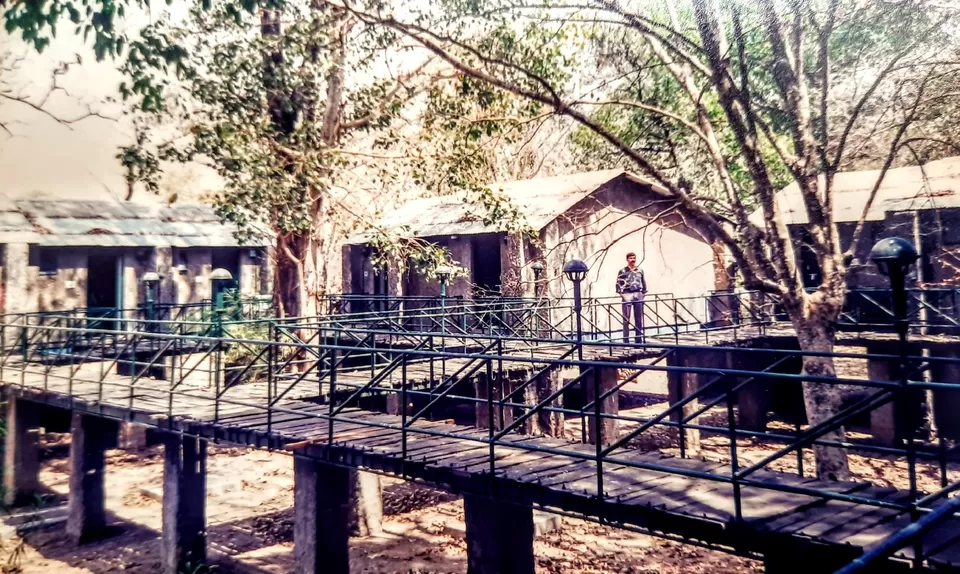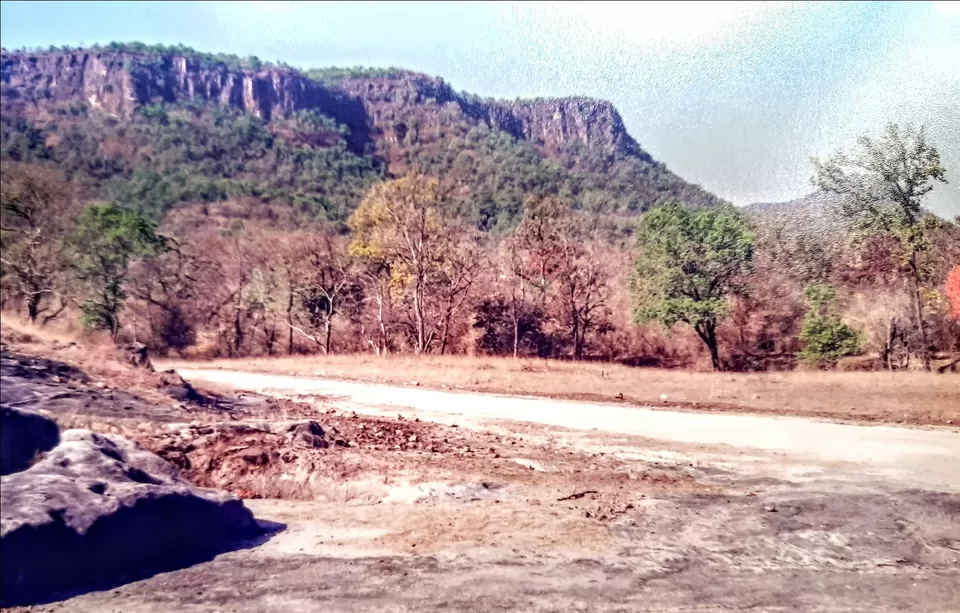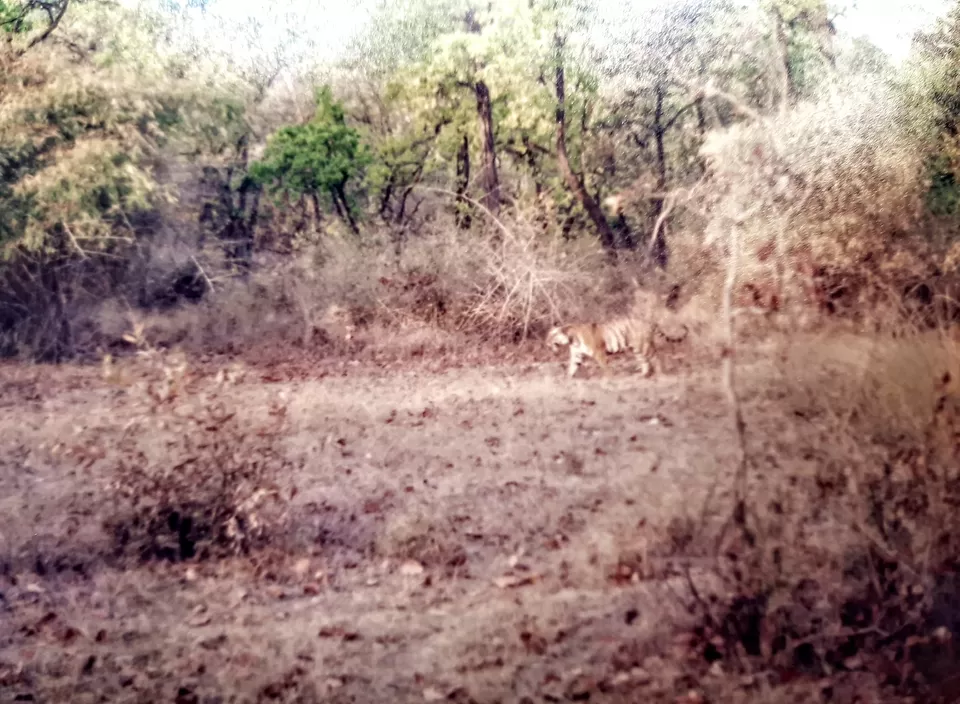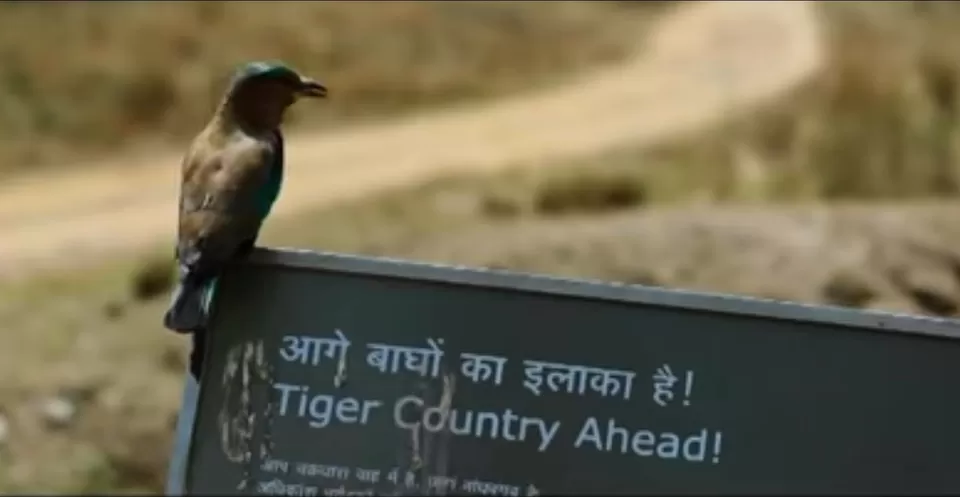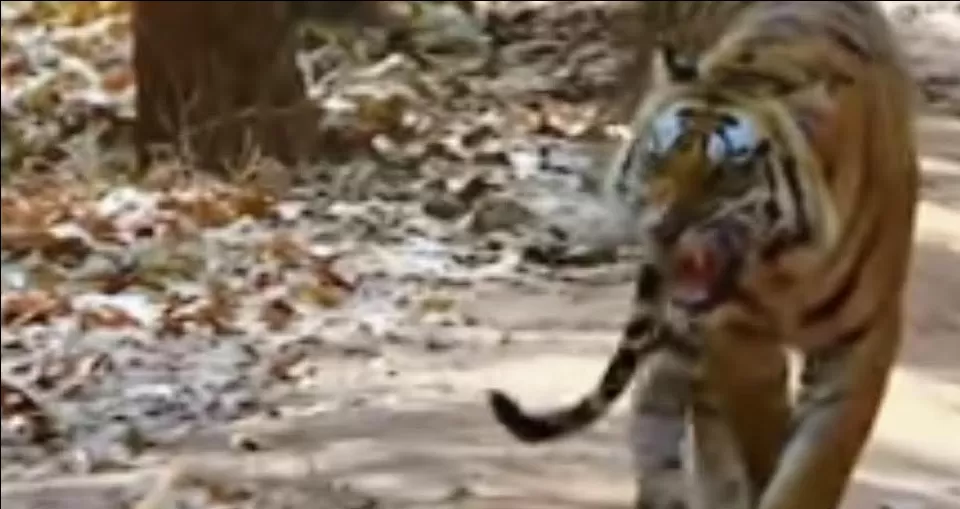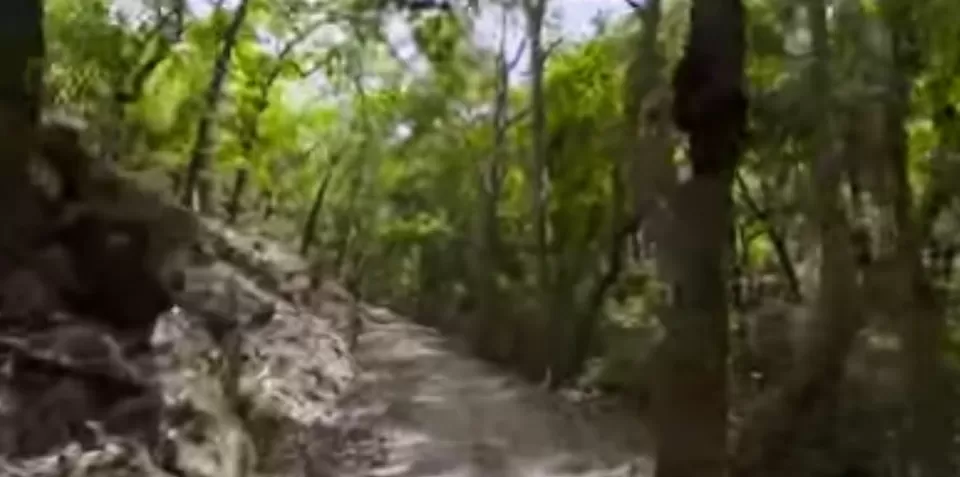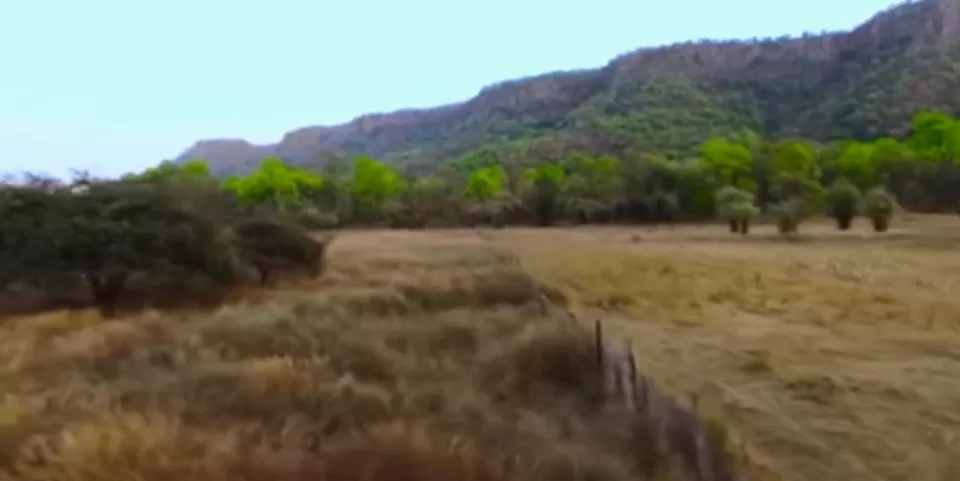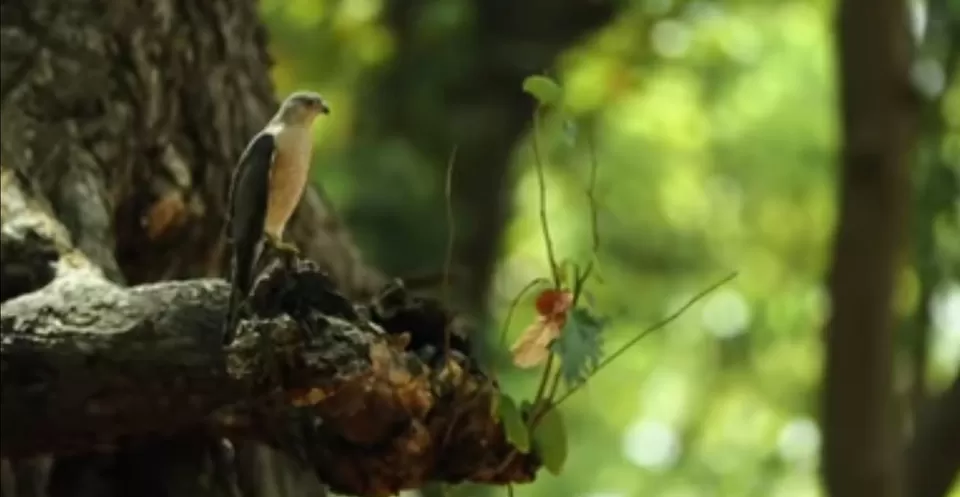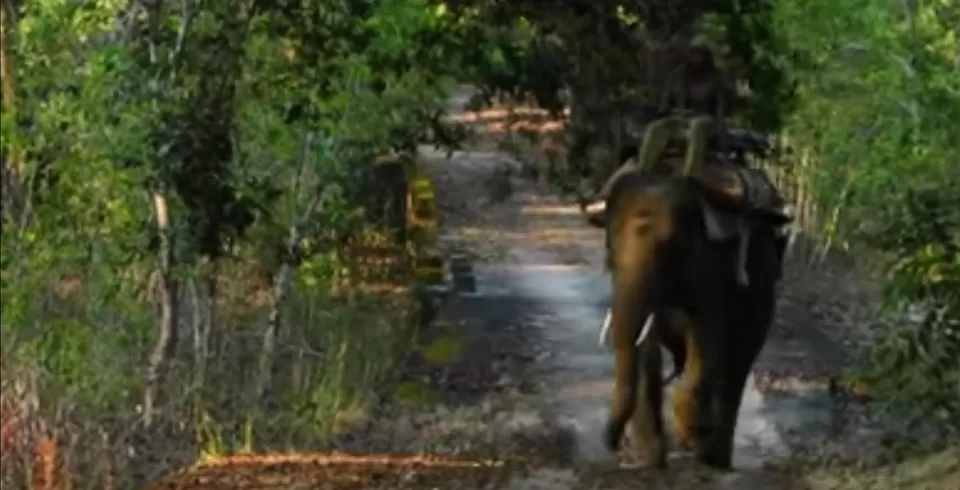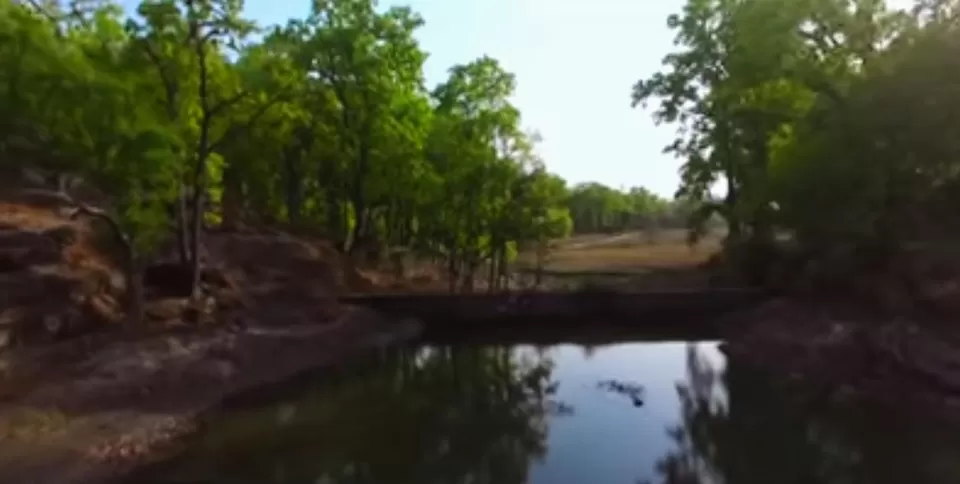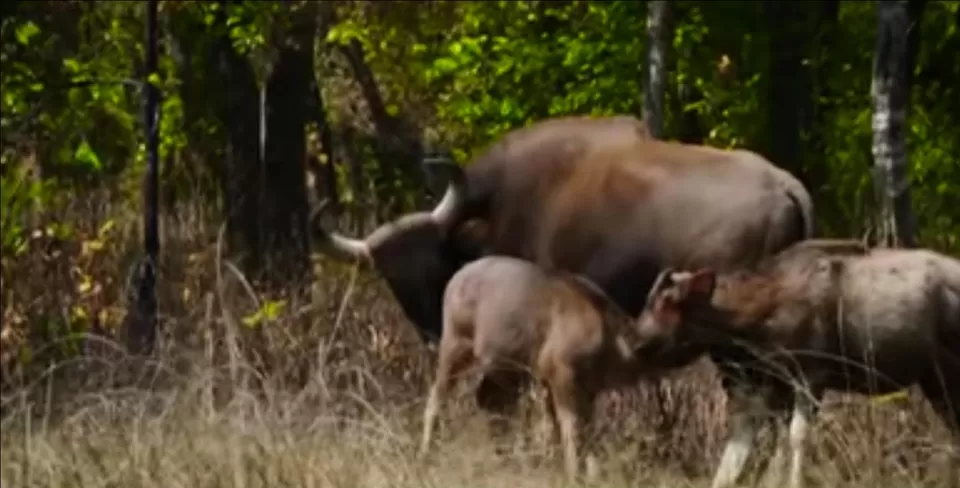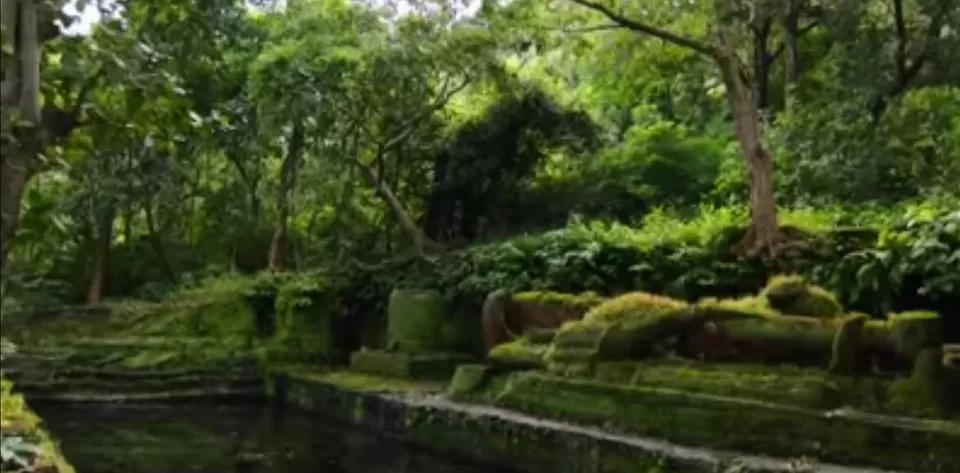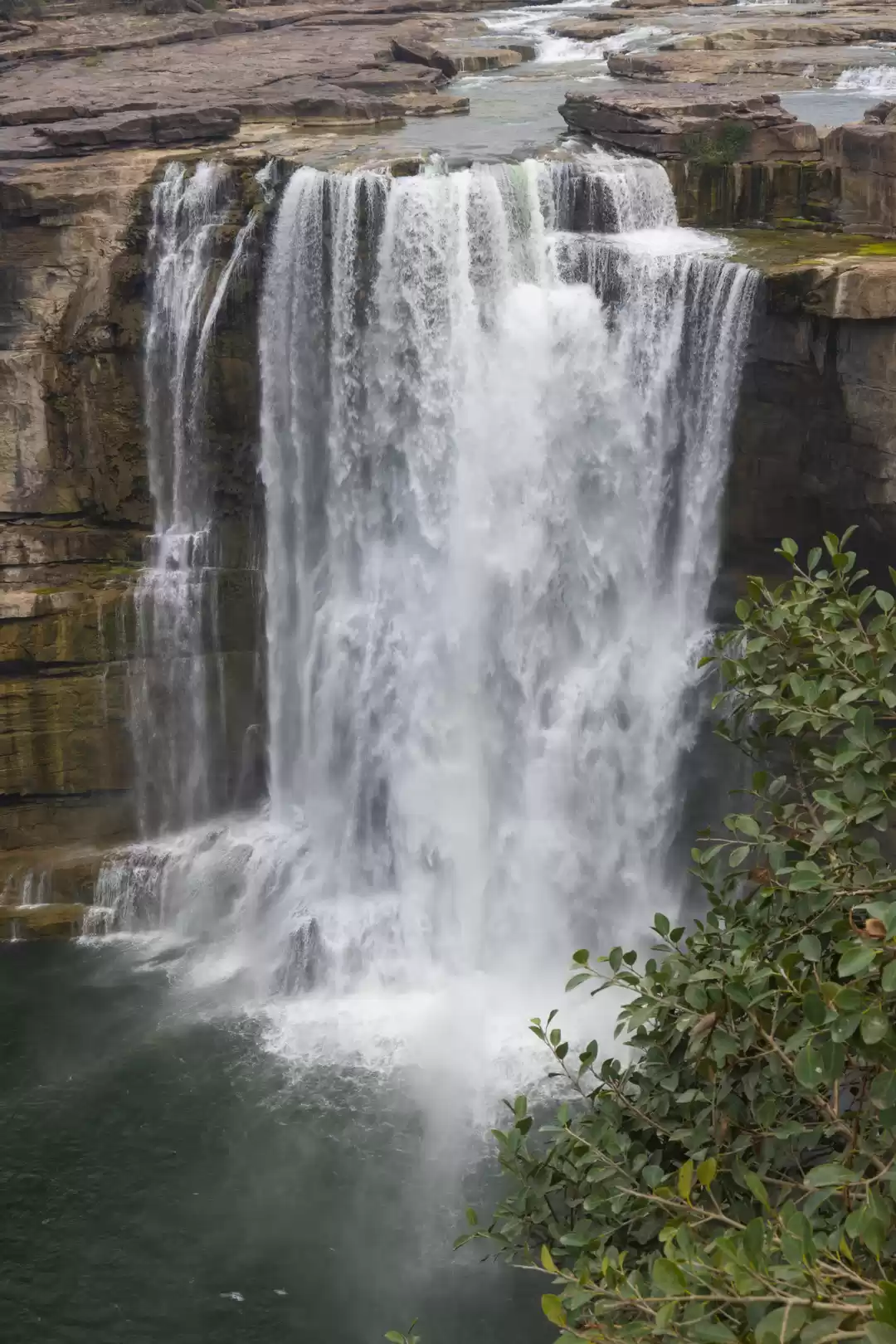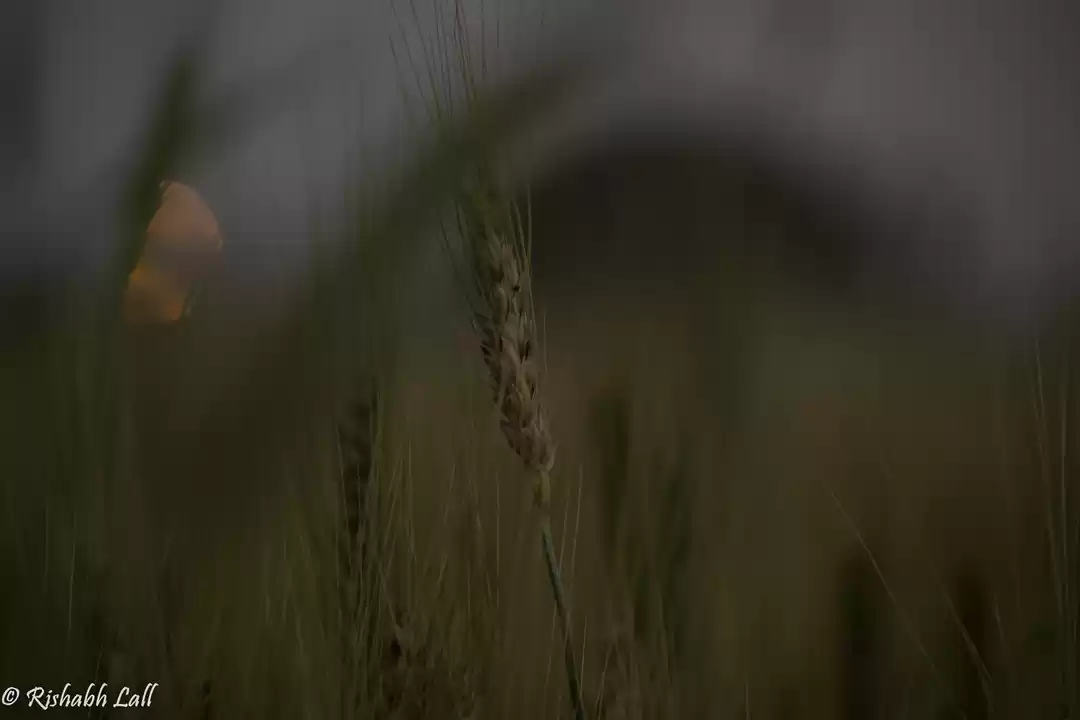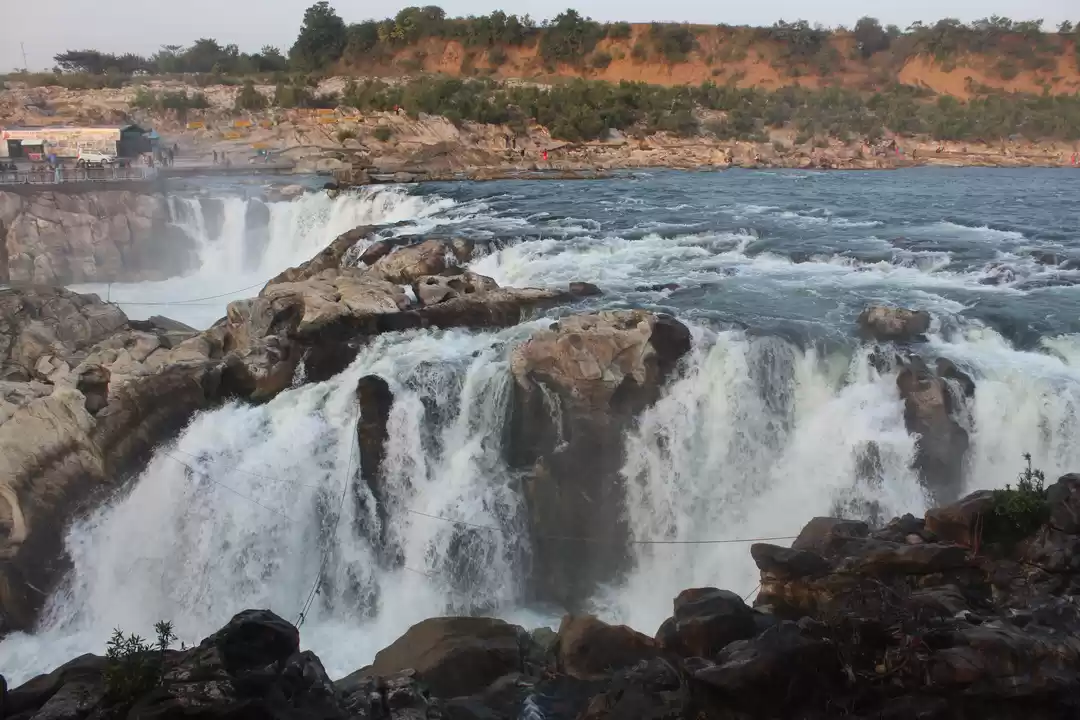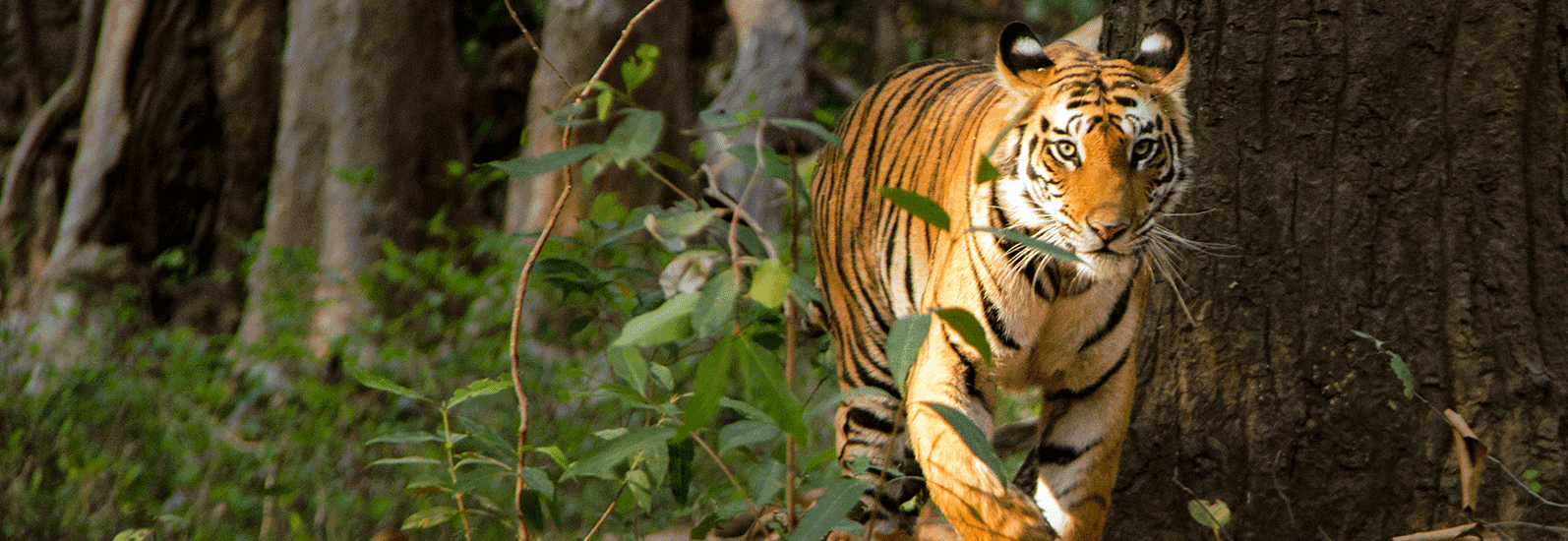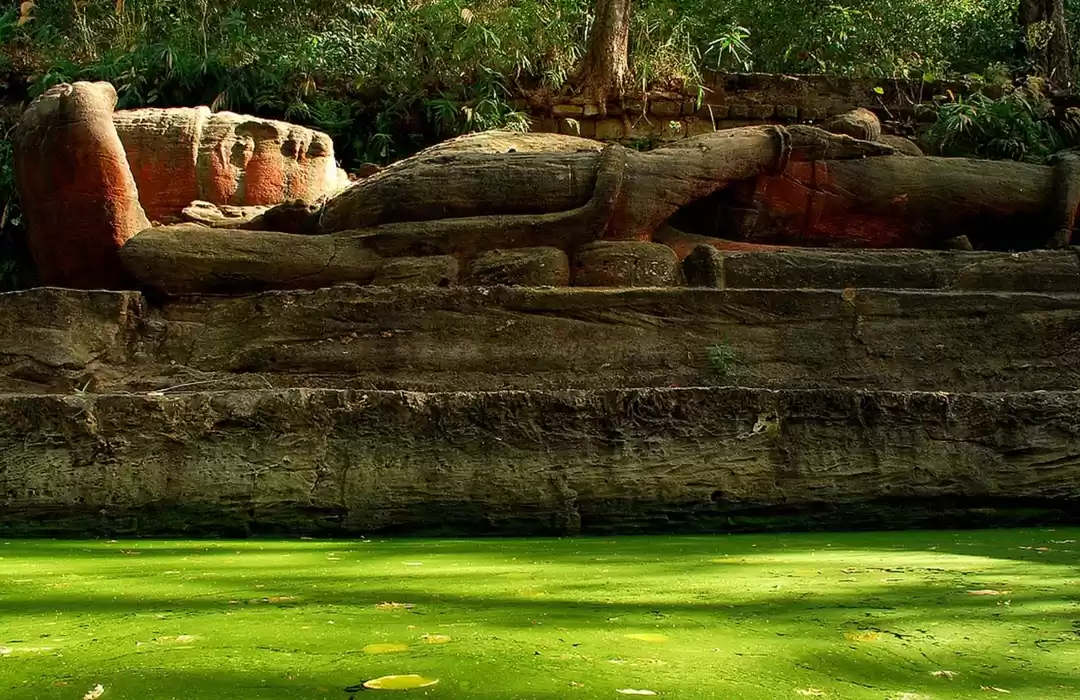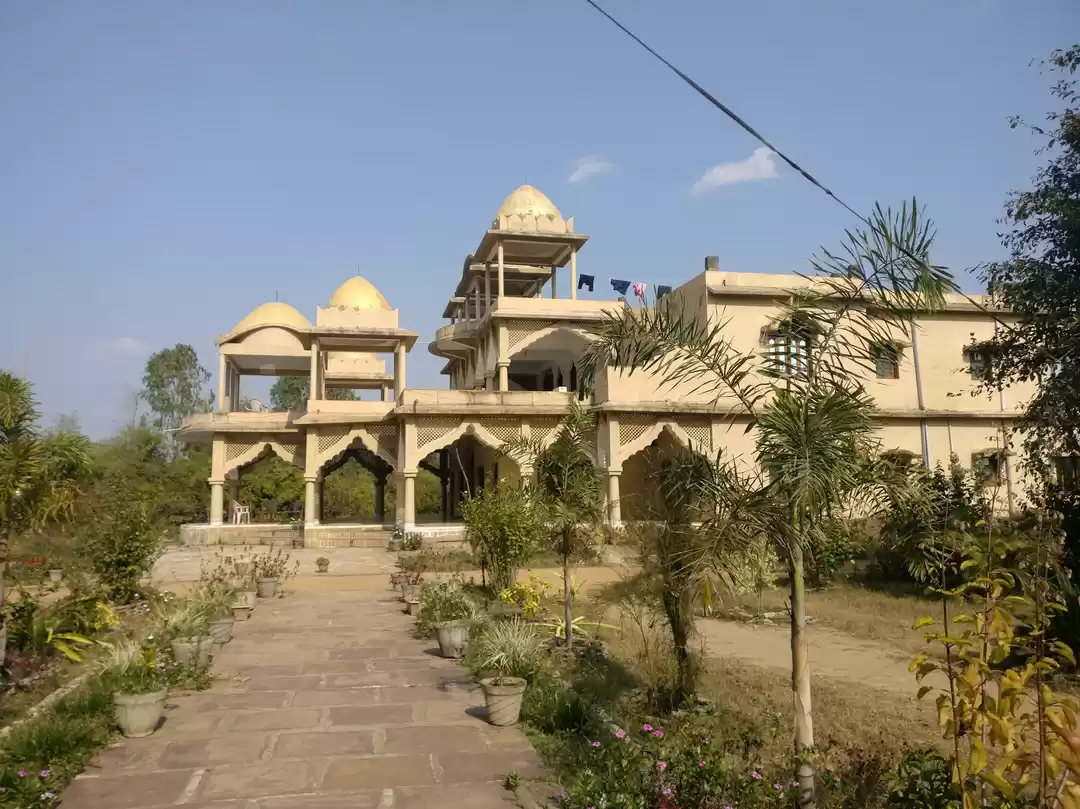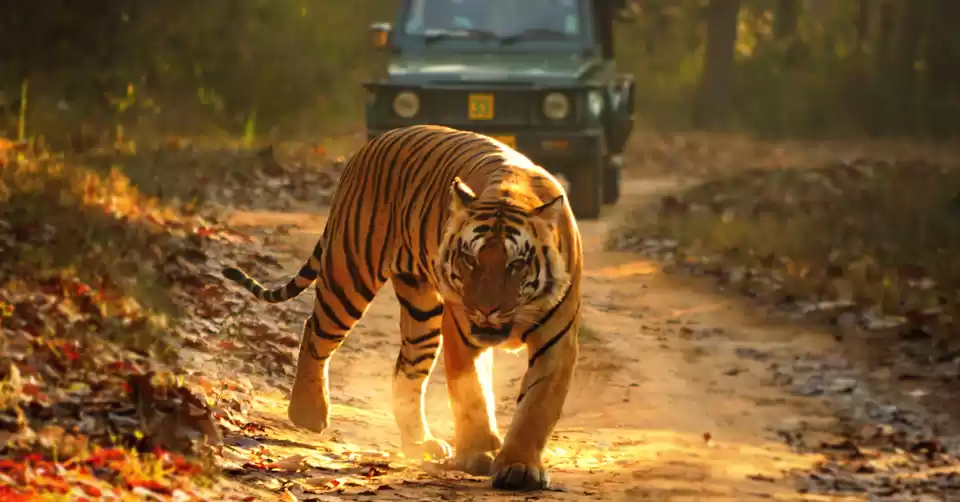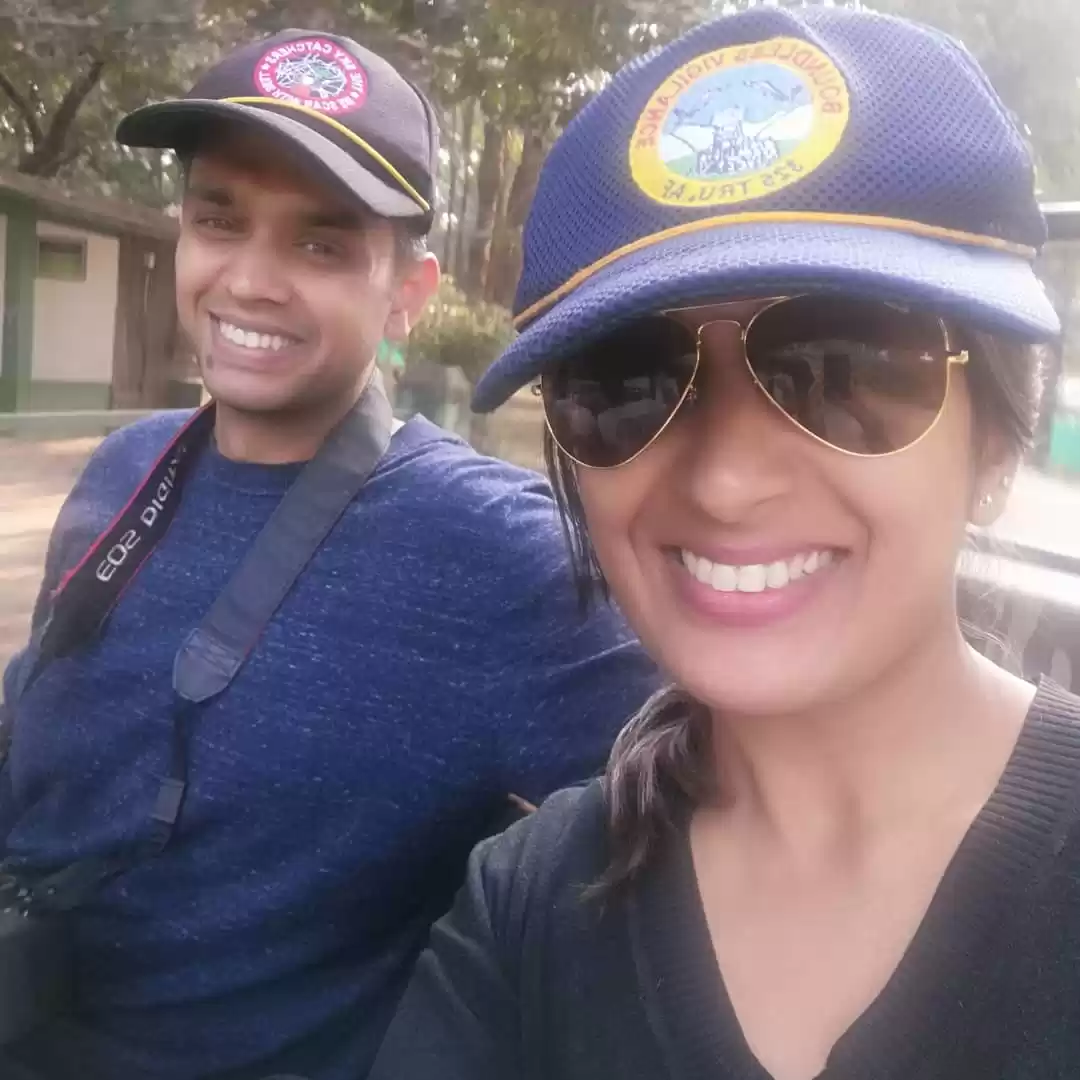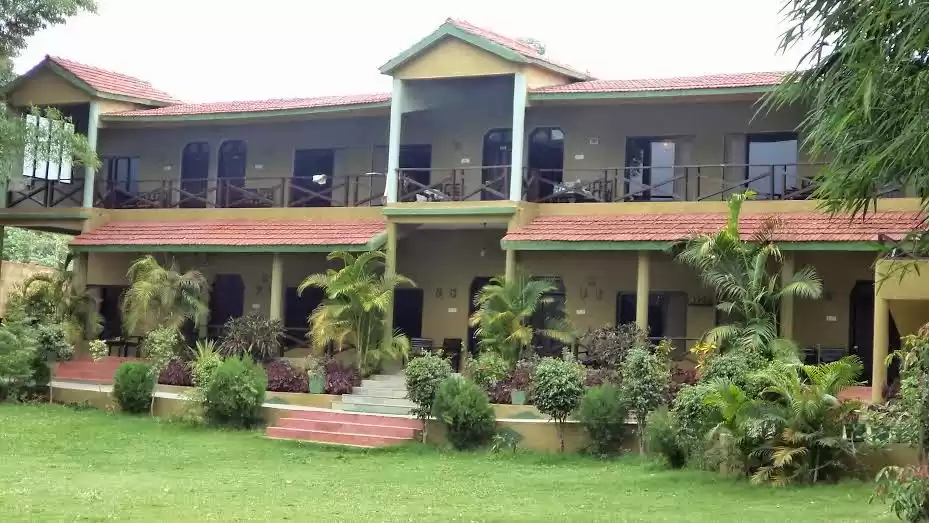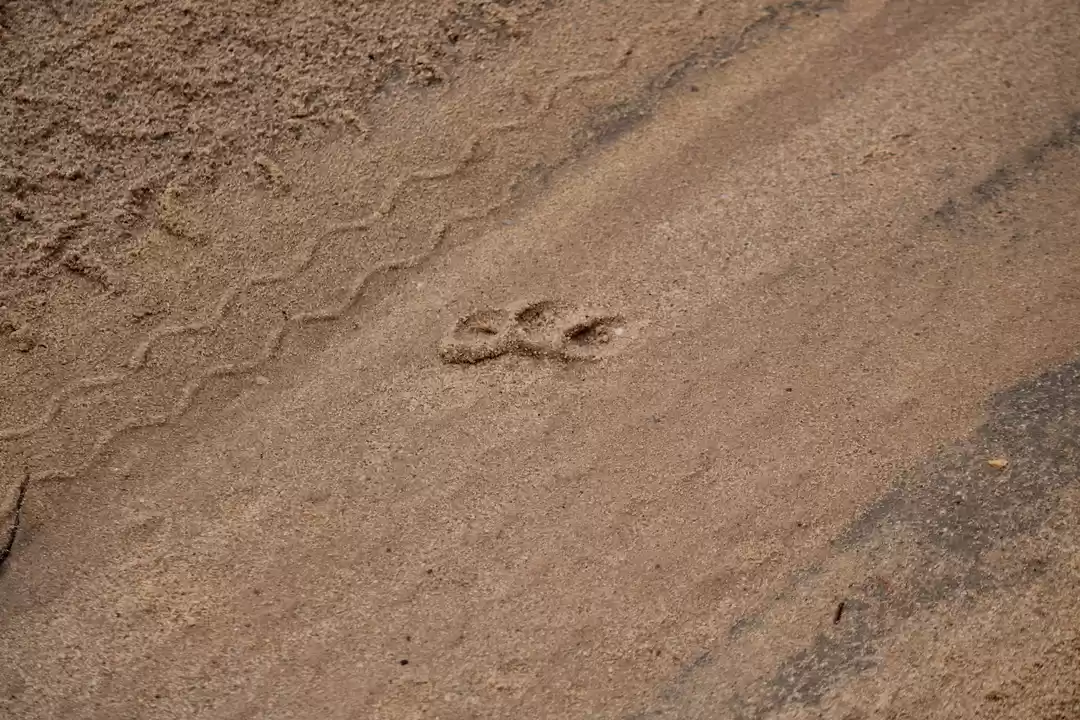Form follows Function:
The grand antlers of a deer are it's weapons to establish dominance over the herd. The beautiful spots of a Chital that resemble flecks of light and shade in the forest prevent it from being spotted by a predator. The large, fascinating eyes of an owl enable it to detect its prey by night.
Grand beautiful, fascinating- are words only Human's use. In Nature , every Form has its Function!!
Bandhavgarh National Park, where royalty reigned supreme!
Spread across an area of 105 km² declared as a national park in 1968, and hunting was banned!
Formerly a hunting ground for the Baghel Maharajas of Rewa, famous for the White Tiger Mohan, is world-renowned as a tiger reserve and is known to have the highest density of Royal Bengal tigers!
The Maharaja of Rewa bred Mohan with other female tigers, and white tiger cubs were born. He fathered 34 cubs out of which 21 were white. It is believed that the white tigers all over the world are his descendants! I had seen a white tiger in Frankfurt zoo a few years ago, I'm sure he was Mohan's progeny!
The frequent sightings of royal tigers make this national park a must-visit for all wildlife enthusiasts!!
Bandhav - Garh (bandhav meaning brother and garh meaning fort), is a place of mythological and legendary importance, has flourished through various significant historical legends most of which are from the legends of Ramayana.
Believed that Lord Ram gifted this amazing fort to his younger brother Lakshman after the war in Sri Lanka.
There is a Temple dedicated to Lakshman atop the Fort!
There is a mention of the Bandhavgarh fort in Skanda Purana!
This 2000 year old fort was the seat of power for many dynasties!
The sixteenth century poet Saint Kabir stayed in the Bandhavgarh fort to meditate and write his famous Dohas or couplets known as Kabir Vaani.
It gives a breathtaking view of the surroundings. Unfortunately most part of the Fort are inaccessible now!
The fort has several man made caves with inscriptions dating back 2000 years in Brahmi and rock paintings!
No one knows why but everyone feels that there must be something magical there and in its forests.
Amidst all this greenery there lies covered in moss a giant 35 feet sleeping statue of Vishnu believed to be dating around Kalchuri Dynasty 10th century.
Vishnu is shown reclining on a bed of coils of the Seven Hooded Serpent, called Shesh Naag. The statue is locally known as Shesh Shaiya. Carved out of a single sandstone, from his feet originates the perennial river called " Charan Ganga", benefitting Bandhavgarh!
This is the only place in the Park, where you can get off from the jeep, and ofcourse as our gypsy driver mentioned to us, if you see a tiger run back as fast as you can to the gypsy!!
Residing on the extreme north eastern border of Madhya Pradesh and the northern edges of the Satpura mountain ranges, it has tropical monsoon characterized by well defined winters summers and rains making the whole environment very lush!!
Bandhavgarh consists of 716 sq km of core zone and 820 sq km of buffer zone. Tourists are allowed only in the buffer zones Tala, Magdhi and Khitauli
Tala is the most picturesque!
Tourist gypsies going in each zone are allocated specified routes.
Tiger sightings in the jungle are decided by many factors! Once in the gypsy off on a safari, all ears are ready to hear alarm calls! The thrill, experience of detecting, guessing and tracking a tiger's trail brings tension filled moments and immense pleasure!!
Whether successful or not just the thrill ,sights, smells and sounds of the jungle is something I will cherish forever!
These are the wonderful memories and moments of our trip to Bandhavgarh!
Tigers need an ambush habitat, to blend and camouflage well for hunting, require myriad prey, water bodies, hills and caves. A territory is its home ground which every tiger wants to protect all the time from rivals. Caves are their favorite hotspots to give birth to cubs, snooze off during summers and a shelter during old age. Bandhavgarh is undoubtedly the finest breeding ground for tigers!
I have to tell you about Sita, Charger and B2 aka Sunder, the famous family of Bandhavgarh.
As experienced safari guides recall, Charger owed his name to his defiant attitude towards tourist jeeps and elephants!
Most drivers, mahouts and visitors were apprehensive of him in the course of conducted safaris.
Sita was the matriarch of Bandhavgarh and had a big role to play in successful tiger conservation.
She raised six litters in her seventeen year old life span before she disappeared in 1996.
Charger the grand old man passed away on 29th September 2000, I feel so fortunate that earlier in the year, I was able to see Charger from atop an elephant, beautifully camouflaged in the bamboo growth! I will never forget his huge head and face staring at us!!
B2 son of Sita and Charger is the first tiger we saw on the first day of our first safari in Bandhavgarh....I can never forget the magic of seeing a tiger in the wild!!
B2 was synonymous with Bandhavgarh!
Fauna you will see are Asiatic Jackal, Bengal Fox, Sloth Bear, Ratel, Gray Mongoose, Striped Hyena, Jungle Cat.
Frequently sighted are Wild Pigs, Spotted Deer, Sambar, Chausingha, Nilgai, Chinkara and Gaur.
Leopards if you are lucky, and various species of deer.
Dhole, Indian Civet, Palm Squirrel and Lesser Bandicoot Rat are seen occasionally.
Sal trees, mix of tropical forest, and grassland is home to scores of bird species, including eagles, Common Langurs and Rhesus Macaque.
Bandhavgarh is well connected by Rail, Road and Air. There are many options to stay outside the Park, and M.P. Tourism accommodation.
P.C. Pranati Kamani, scanned from photographs taken.
